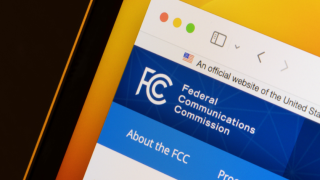Who remembers the story of BT repurposing a subsea cable back in 2013? For those who need reminding, the UK incumbent recycled an out of service (OOS) subsea cable previously connecting the UK, Ireland and Spain, to deliver much-needed connectivity to the Isles of Scilly.
The £3.7 million project formed part of the larger £132 million Superfast Cornwall initiative, to bring fibre broadband to 95% of homes and businesses in the region. It also upgraded the islands’ existing infrastructure which was largely provided by a radio link between Land’s End and the Isles, which has its own set of performance and capacity issues.
When the story was shared by our own Alan-Burkitt-Gray during a recording of our weekly Digital Digest podcast, it opened up a larger conversation about sustainability in subsea and whether further upcycling or repurposing of these systems is also possible.
Capacity reached out to Jeremy Stevenson-Barnes, BT’s former network director for Superfast Cornwall, who shared some insight on the project and explained why the decision was made to repurpose rather than build new.
“I think the key driver for reuse of the Scilly cable was that this was an economic development project,” Stevenson-Barnes says.
“It was grant funded with funding from the European Regional Development Fund as part of the wider Superfast Cornwall programme. It was an infrastructure programme that was the first large-scale investment in rural fibre broadband across the EU with government support.
“So, there was no way the Scilly cable could’ve been built with a standard business case, there was no commercial return to be had. When we were doing the feasibility development for the whole programme, we were looking at how could we get to Scilly in as cost effective a way as possible. We got budgetary pricing for deploying a new system and really within the scope of the grant funding that was available, it just wasn’t going to be viable,” he continues.
What then happened according to Stevenson-Barnes, is that BT Technology had a subsea centre of excellence who were aware of a number of OOS cable systems that were sitting there, landed from Cornwall and identified in particular the RIOJA-1 cable as being most suitable for its needs — and the rest, as they say, is history.
“Whereas it didn’t make sense to keep operating RIOJA-1 on that long international route, recovering part of the cable and re-routing it to Scilly, and for that short distance it was ample capacity for a relatively small number of customers,” Stevenson-Barnes adds.
But BT aren’t the only ones finding new uses for OOS cables. Atlanta-based subsea cable developer, Ocean Networks, recently formed a new business unit called Submarine Cable Salvage, which serves the research and education community by repurposing OOS systems for ocean observatories. It also acquires, repurposes and operates the connected observatories to help monitor the world’s oceans.
Stepping away from OOS cables and leveraging the ones that are still active, in July Google completed a trial using its subsea cable to detect earthquakes and tsunamis. Subsea cable operator EllaLink launched the EllaLink GeoLab initiative, a project which aims to provide the scientific community with real-time, accurate and relevant data on seabed conditions, while the International Telecommunications Union’s (ITU) Joint Task Force has long been developing what it calls SMART cables, submarine repeaters equipped with scientific sensors for ocean and climate monitoring, and disaster risk reduction for things such as tsunamis.
But the Scilly cable was a unique case, due to its proximity to a number of OOS systems nearby. So does there exist a case for subsea cable owners and operators to do more cable repurposing in the future?
“The cost to go out and take the cable then pull it up, take it back, put it somewhere else new, that’s not cheap,” says Alan Mauldin, research director at TeleGeography.
“So, it’s not as though it’s a free cable you can salvage and move and it’s zero cost. It could be better to build a new cable sometimes.”
Simon Appleby works in planning, development and research for Europe, at Subsea Environmental Services, a company specialising in cable recovery and recycling.
He says: “Recycling can return high quality materials into the product chain with reduced energy requirements when compared to virgin materials production. Recovery can open up areas of seafloor for new systems and reduces pressure on pinch points and recovery of OOS fibre systems provides opportunities for re-purposing cables to less well developed regions and markets around the world, especially where the prevailing economics do not support the installation of new cable systems.”
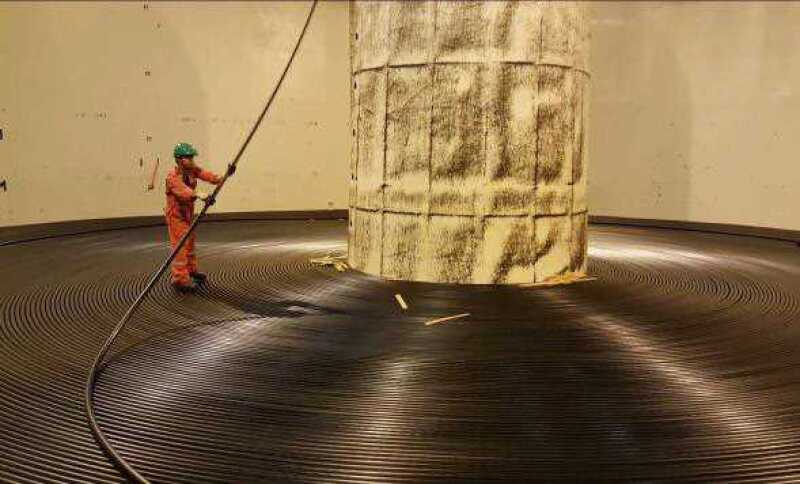
[A recovered cable being spooled on-board the recovery vessel after having lain on the seafloor in the central Pacific at almost 5km depth since 1974. Note the almost pristine condition of the cable. Source: ASN, from Carter et al. (2019).]
As for the environmental impact, Capacity spoke to Dr Michael Clare, Marine Environmental Advisor for the ICPC and principal researcher of Ocean BioGeosciences at the National Oceanography Centre, who explained that although there is an economic case for it, leaving them as is poses no threat to our oceans.
“Studies of recovered sections of cables from the deep-water central Pacific, North Atlantic and Mediterranean Sea that had lain on the seafloor between 38 and 44 years, found that the cables were remarkably well-preserved and physically intact,” he says.
“The cables had clean outer sheaths with no trace of biological encrustation (the cables are not coated with antifouling agents), while the stranded steel that provides strength to the cable was free of corrosion. Chemical analysis in the laboratory that subjected cables to different environmental conditions also found that deep-sea cables are chemically inert.”
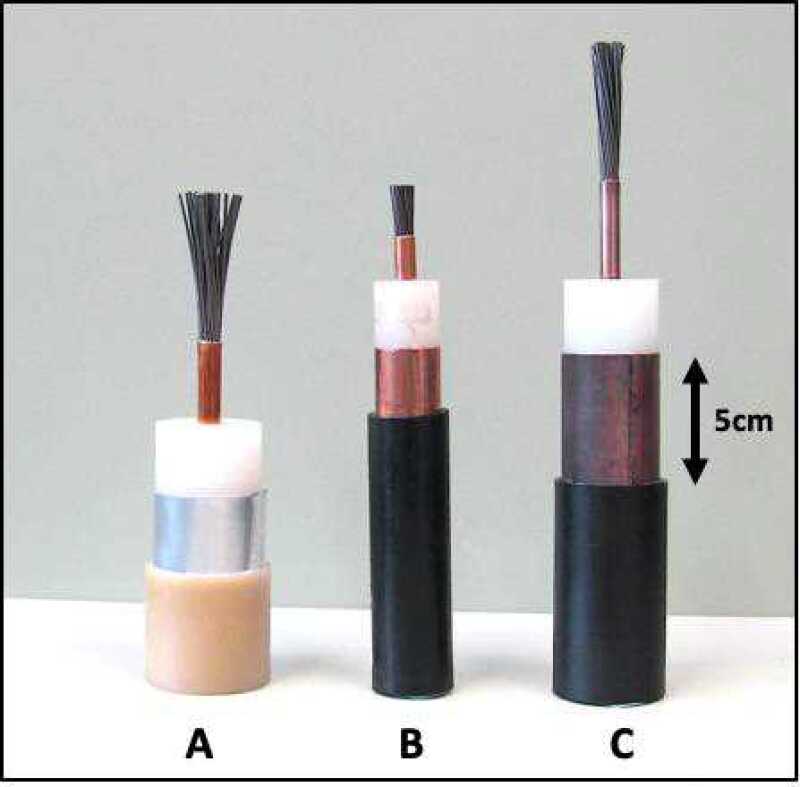
As a result, these cables are ideal for recycling for their high-grade plastic, steel and copper components. It also means that “leaving them in situ after their use will have no detrimental environmental effect”.
In fact, he shared that other sustainable uses of OOS cables include their repurposing as artificial reefs to encourage biodiversity, such as coils of cables strategically placed off Maryland and New Jersey.
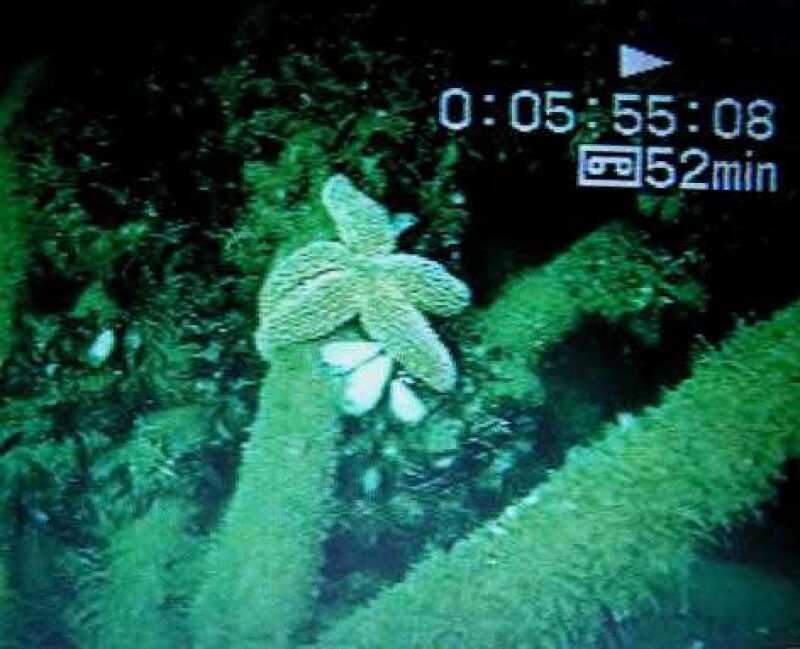
[Submarine cable coiled to form an artificial reef shelf off Maryland, US, with colonisation by starfish, mussels and other organisms. Source: Compass Light.]
According to an ICPC presentation entitled About Submarine Telecommunications Cables, these reefs have attracted many marine organisms that range from algae to fish. It also points out that zones that have been setup to protect submarine cables could also act as marine sanctuaries, improving biodiversity and fish stocks.
As I pressed Clare on the subject, he also shares that recovery of such cables, for the most part, is pretty harmless as there is no real case to recover any systems that are buried.
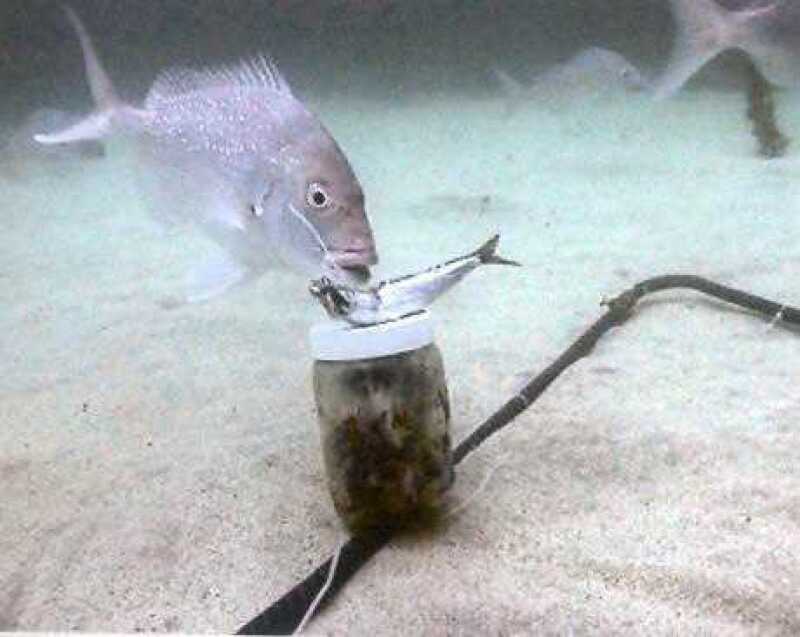
[Figure 4: Experiment to count fish to test if a cable protection zone acts as a marine sanctuary. Source: Leigh Laboratory, University of Auckland.]
“Recovery activities have a minimal physical impact on the environment; the main contributor being the grapnels used to cut and hold the cables being recovered. This is the same approach that is used in cable repair and is environmentally benign,” says Clare.
“Where cables have been buried, it is unlikely that they would be recovered for economic and logistical reasons, as well as the fact that such structures tend to become colonised by diverse benthic fauna and recovery would unnecessarily disturb them.”
When one thinks of electromagnetic fields (EMF), what tends to spring to mind is mobile/cellular masts, radio and television signals and microwaves, but EMF naturally applies to underwater cables too. Speaking on this impact to the local marine life, Clare says that the jury is still out on this subject as the studies continue.
“Until recently, knowledge of electromagnetic field (EMF) effects on sensitive marine biota was limited. This situation partly reflected a dearth of ‘real-world’ field studies,” he says.
“However, at least two major reviews and several field studies have been completed that provide a more informed perspective. And a common finding of this research is that there is a lack of evidence for positive or negative effects of cable EMFs on the species studied.”
Interestingly, he explains that there is a significant difference between telecom cables and power cables with respect to EMF, but many recent studies have incorrectly assumed they are the same.
“For instance, many telecom cable systems have no live current at all (I.e. unrepeatered systems generally used on cable routes or sections of telecom cable under c.300km in length) and are unpowered and hence have no or negligible electromagnetic field.”
As for repeatered (powered) systems they do have a live current, but according to Clare “electrical fields are shielded and currents are markedly lower than power transmission cables — with an electro-magnetic field less than a laptop computer”.
It’s clear through our conversation that subsea communications cables play a huge part in underpinning the sustainability of other parts of life: supporting remote working, reducing international travel, making virtual conferences and events possible and, as a result, lowering greenhouse gas emissions. But we have to ensure that we continue on this course, leveraging increased automation and virtualisation to minimise manual processes, and reducing the carbon footprint associated with larger vessels for maintenance and installation.
“Continued communication and collaboration between ocean and environmental scientists will ensure that cable routing and operations continue to be environmentally friendly, and provide new opportunities to advance ocean science,” says Clare.




